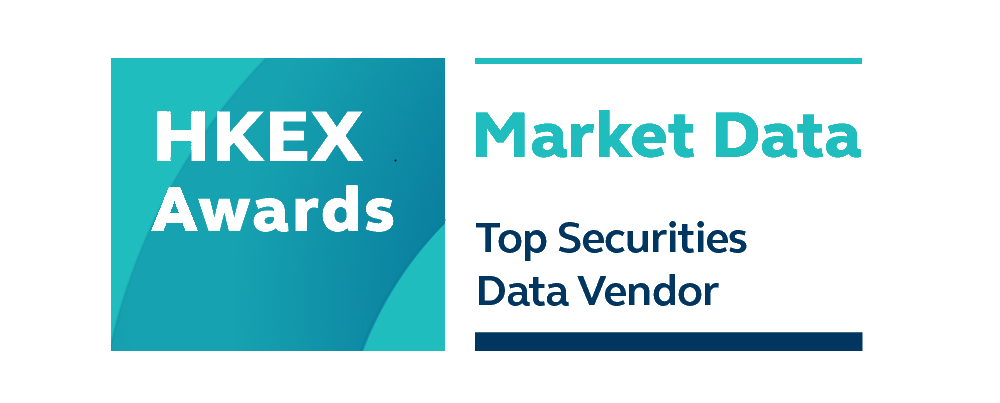CHICAGO, Dec. 11, 2024 (GLOBE NEWSWIRE) -- Over the last couple of years, the Asia Pacific region has seen growing regulatory scrutiny and corporate investigations, as international regulators and law enforcement organizations work with national authorities to raise the bar for security, risk reduction, and corporate accountability. In 2025, organizations will actively adopt technologies that help meet regulatory deadlines and cybersecurity standards, and demonstrate compliance – alongside devising more secure and efficient ways of working.
iManage executives in Asia Pacific, Madeline Porter, Legal Industry Expert; and Luke Creswick, Head of Presales, offer views on key technology trends in 2025:
Madeleine Porter, Legal Industry Expert, iManage APAC:
- The race (against the clock) to comply with Australia's Anti-Money Laundering regulations begins
With the impending implementation of Australia's Anti-money Laundering and Counter-Terrorism Financing (AML/CTF) regulations in March 2026, ensuring the integrity of operations and aligning with the international standards set by the rules will be a top priority for legal and accounting firms. With the clock ticking, there is no room for delay. Firms will scramble to restructure their operations and processes to meet the comprehensive compliance requirements.
The scope of these regulations, set by the Financial Action Task Force, demands that firms register formally with AUSTRAC, Australia's AML/CTF regulator, and adopt a risk-based approach to develop robust procedures across a wide range of activities that constitute a designed service under the Act. This encompasses risk assessment of money laundering, terrorism financing, proliferation financing risks, rigorous customer due diligence, and Know Your Client measures. Additionally, firms must appoint a dedicated AML/CTF Compliance Officer to oversee implementation.
As the deadline looms, most firms will need to hastily identify and deploy technological solutions to ensure compliance readiness by March 2026.
- Victoria's minimum cybersecurity standards to drive law firm cloud migration nationwide
With the Victorian Legal Services Board setting the bar high with its minimum cybersecurity expectations, law firms across Australia are poised to embrace cloud-based solutions. Compelled by the need to safeguard sensitive client information, legal practitioners now bear the burden of compliance as failure to comply could jeopardize lawyers’ practicing Certificates, with findings of professional misconduct or unsatisfactory professional conduct charges looming for those who fall short.
This expectation will proliferate nationally, raising the standard for cybersecurity across every state and territory in Australia. Due to the comprehensive nature of these minimum cybersecurity expectations—from risk assessment, data encryption, and access authentication to incident response and business continuity—on-premises IT infrastructure will make it difficult to meet these expectations. A move to the cloud will be the only realistic and cost-effective way of meeting the standards.
Luke Creswick, Head of Presales, Asia Pacific, iManage:
- AI on data that remains securely “in-place” will be a critical business need
In light of the high-profile data breaches in recent years in the Asia Pacific region, in 2025 security and compliance will continue to be top priorities for IT leaders. Organizations will look to embed comprehensive strategies to protect customer data, including everything from proactively managing threats and mitigating business risk through to regulatory compliance and information governance.
In the same vein, with the growing industry focus on AI adoption, organizations will look for secure, “in-place” technologies to use AI so that they can always maintain their security posture, strictly adhering to client demands of data security and compliance. This “closed” security approach will help firms better protect data as it will eliminate the need to extract data to less secure external AI repositories and services.
- Navigating the AI evolution: change management will emerge in importance
The enthusiasm to adopt AI led organizations to experiment with the technology in 2024, diverting and reducing enterprise attention away from areas such as security, IT infrastructure, and change management requirements. In 2025, change management will be a top priority. IT organizations accustomed to on-premises infrastructure will need to go through significant change management to reshape their department and skillsets to effectively leverage the cloud, a key requirement for AI adoption. On the customer side, organizations will focus on determining how best to support clients with the change management aspects of adopting new ways of working, driven by the adoption of AI and cloud technologies.
About iManage
iManage is dedicated to Making Knowledge Work™. Our cloud-native platform is at the center of the knowledge economy, enabling every organization to work more productively, collaboratively, and securely. Built on more than 20 years of industry experience, iManage helps leading organizations manage documents and emails more efficiently, protect vital information assets, and leverage knowledge to drive better business outcomes. As your strategic business partner, we employ our award-winning AI-enabled technology, an extensive partner ecosystem, and a customer-centric approach to provide support and guidance you can trust to make knowledge work for you. iManage is relied on by more than one million professionals at 4,000 organizations around the world. Visit www.imanage.com to learn more.
Follow iManage via:
LinkedIn: https://www.linkedin.com/company/imanage
X: https://x.com/imanageinc
YouTube: https://www.youtube.com/@iManage

source: iManage
【與拍賣官看藝術】走進Sotheby's Maison睇睇蘇富比旗艦藝廊!蘇富比如何突破傳統成規?► 即睇































